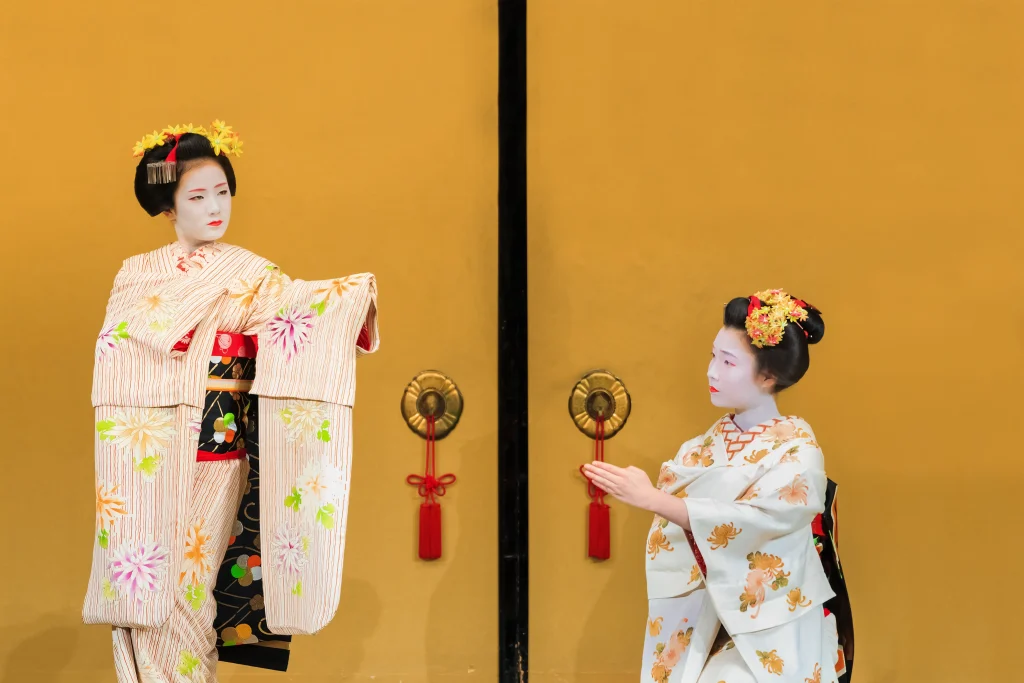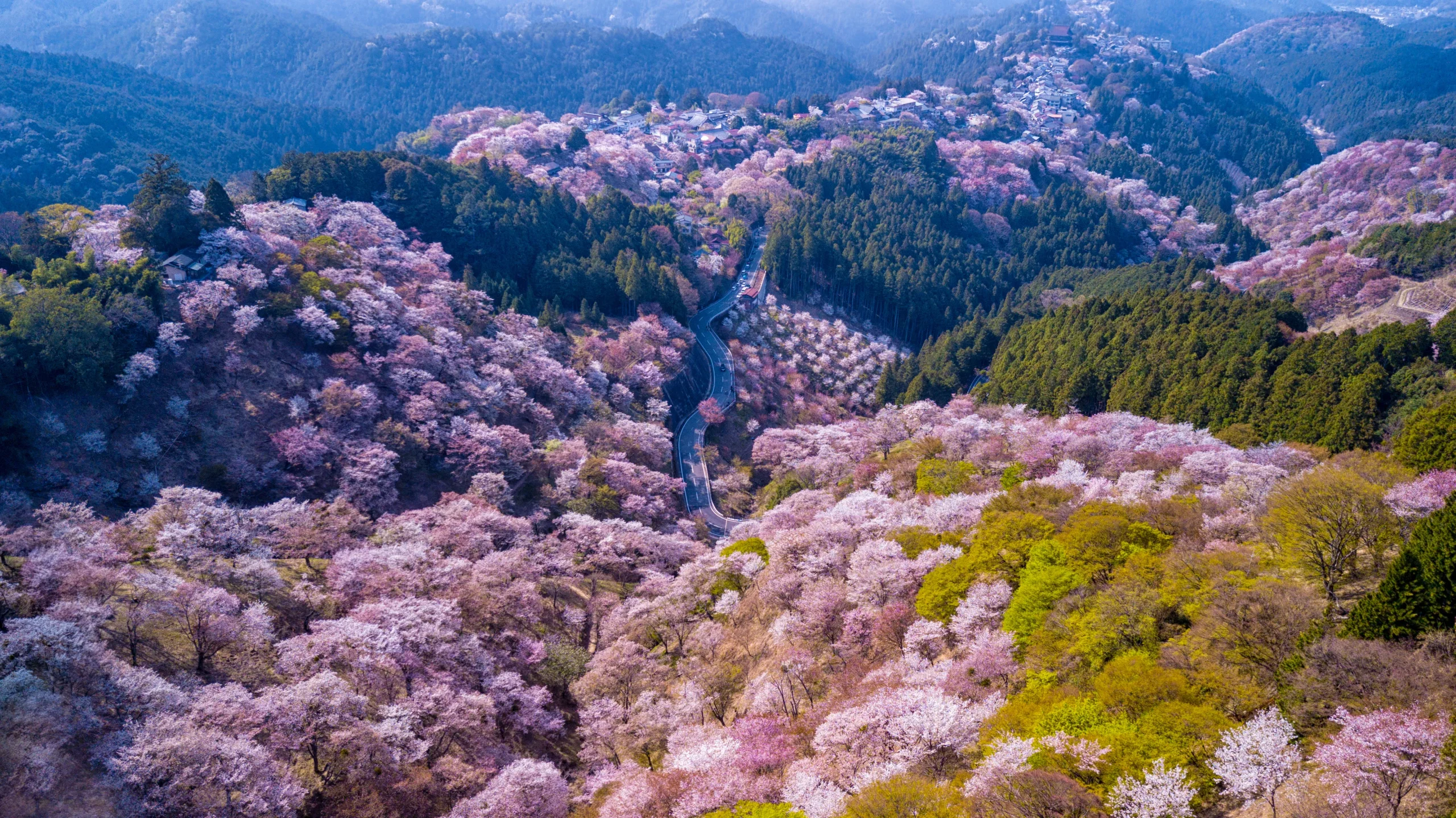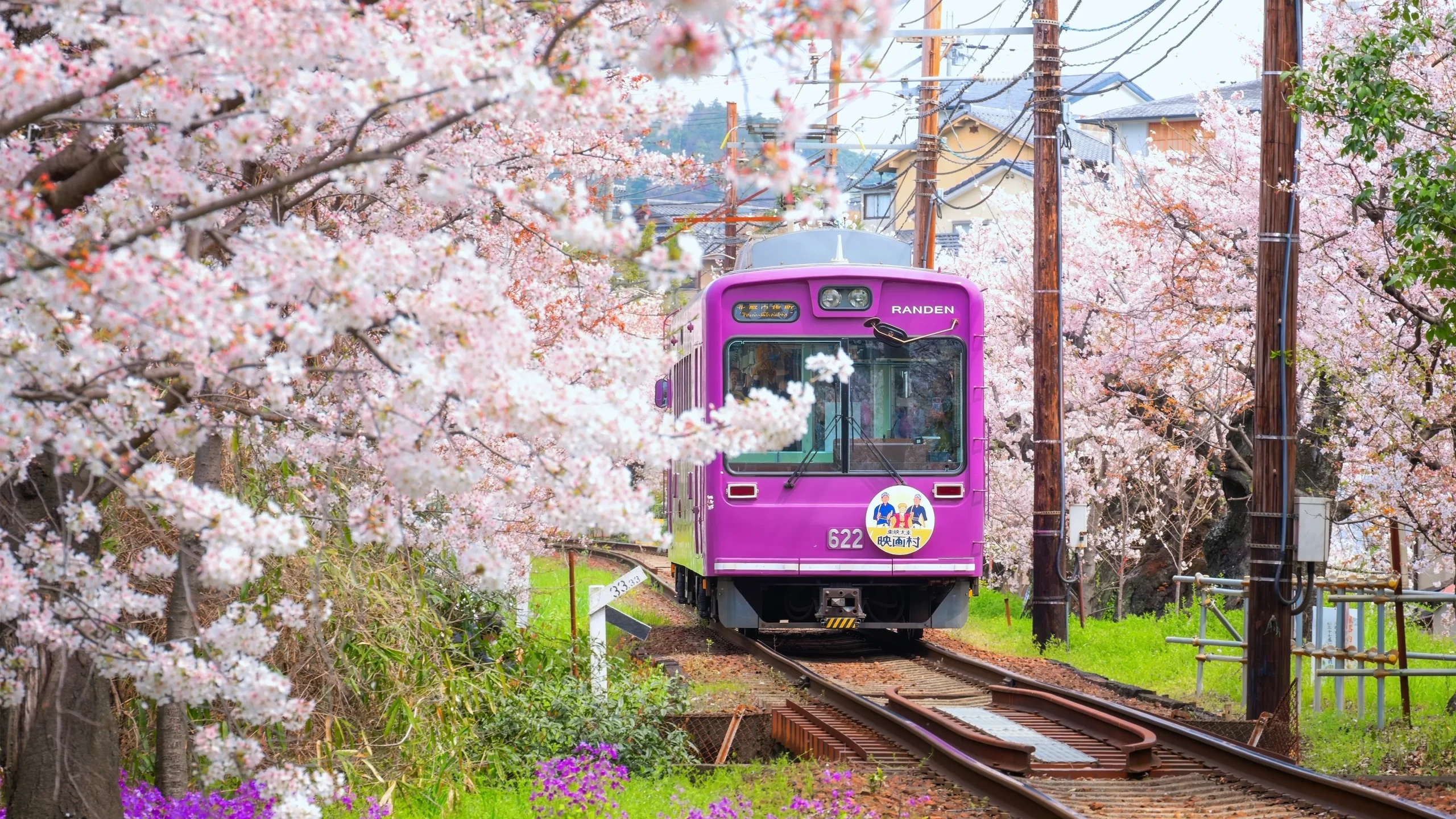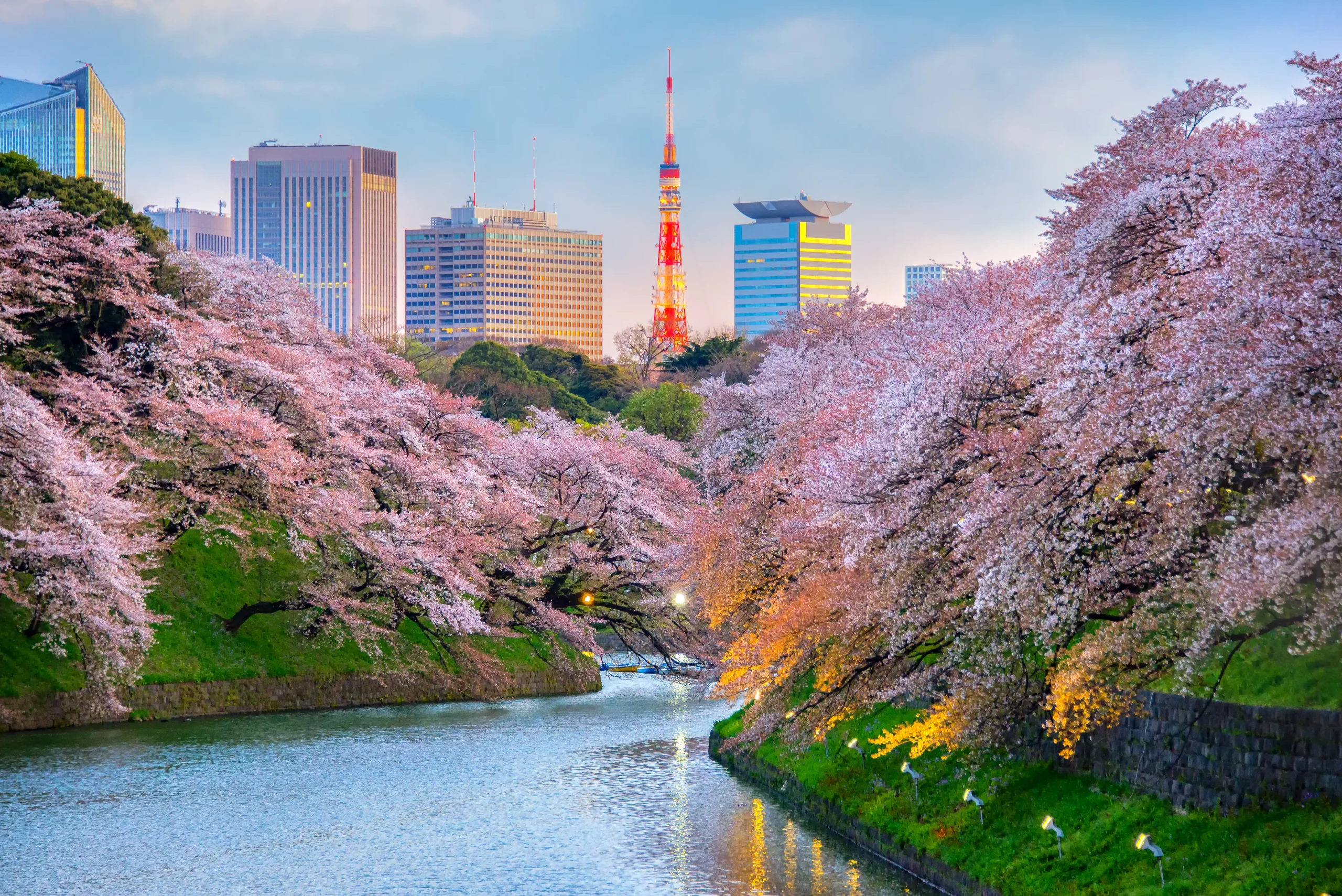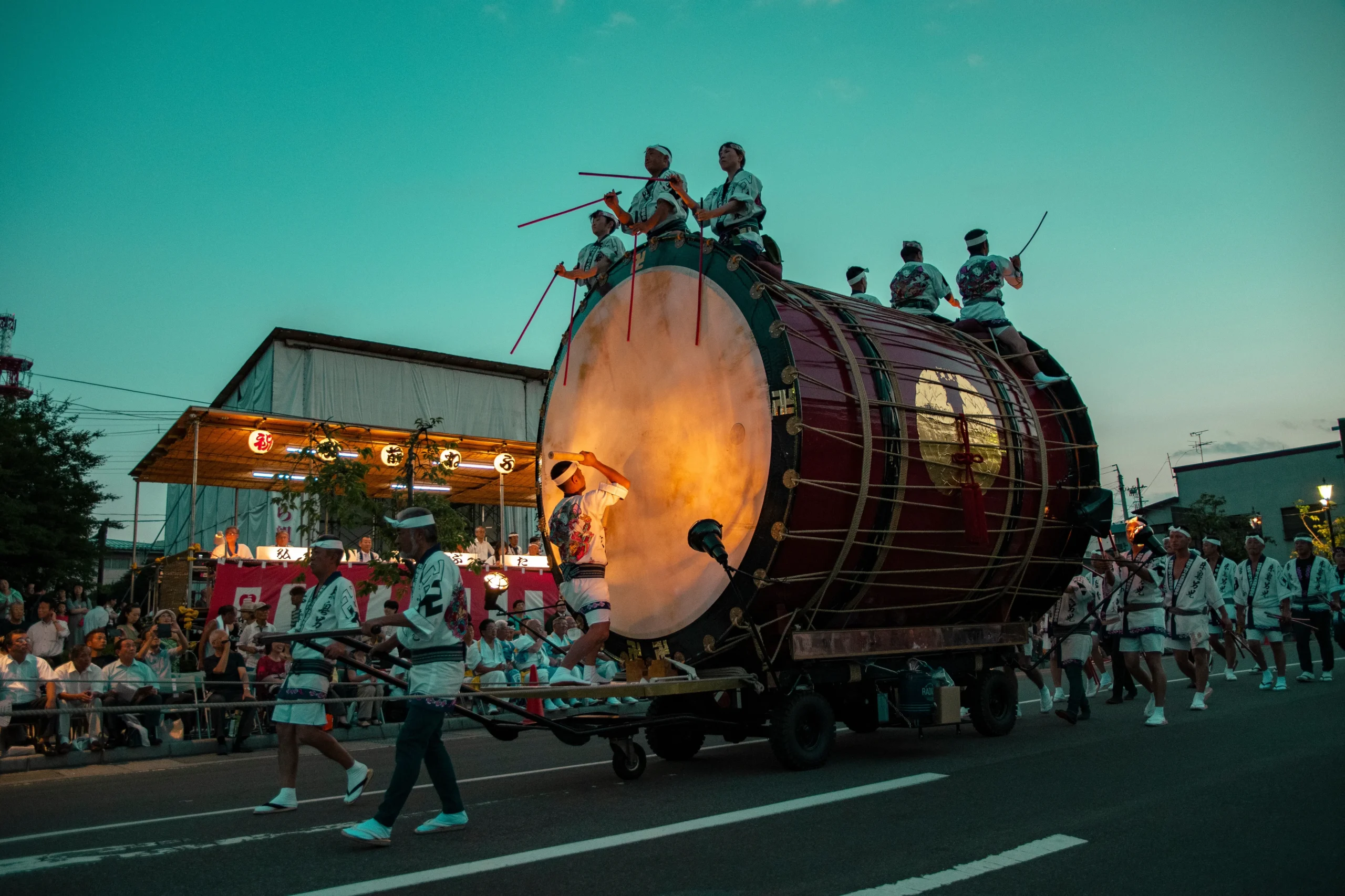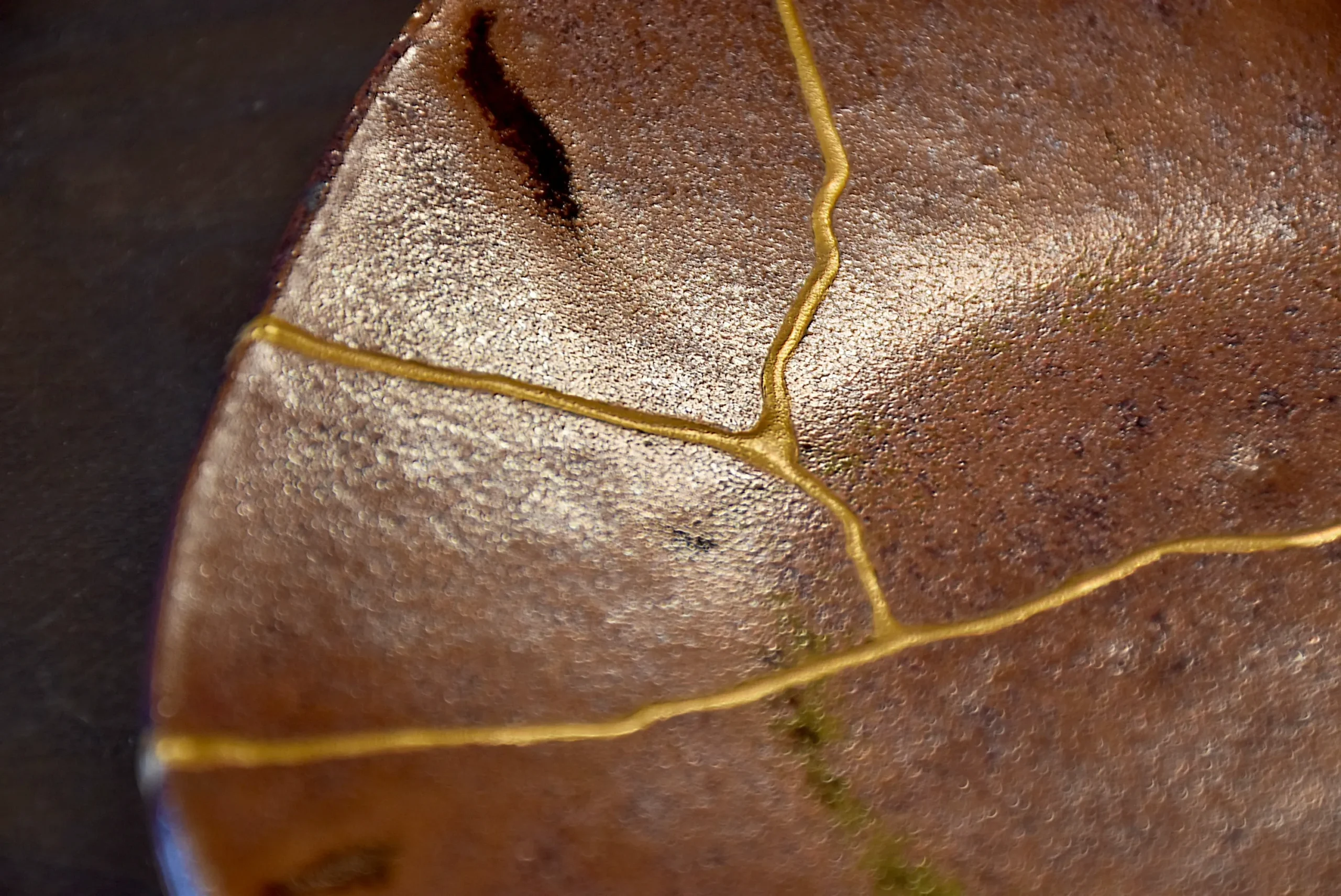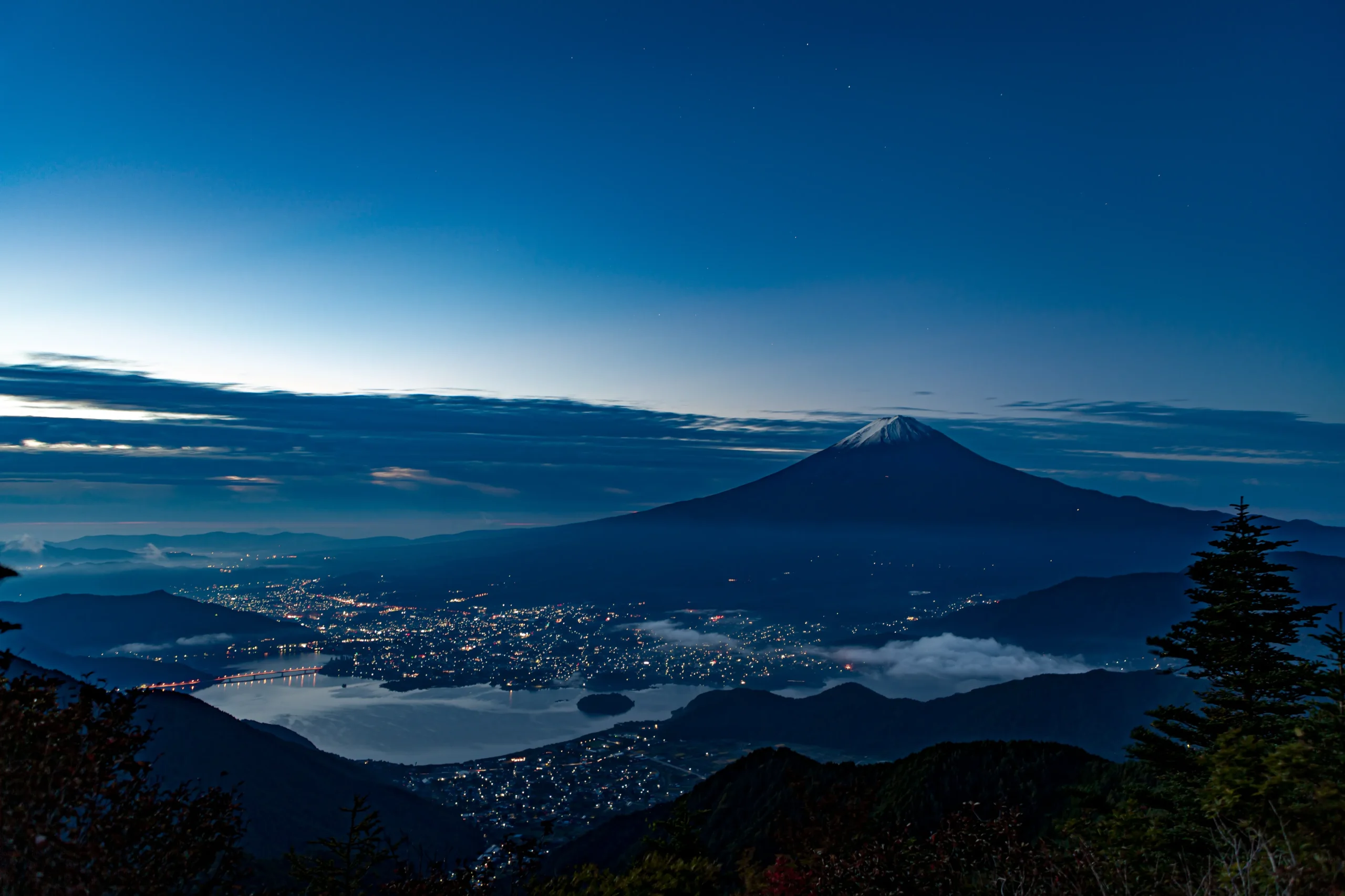For centuries, geisha have fascinated audiences with their elegance and artistry. Many people imagine this world as secretive or closed, but today it is more open than ever. Visitors and locals alike can now find opportunities to watch performances, join banquets, and learn directly from geisha and maiko.
This guide will take you step by step: first through the history of geisha, then into what an encounter with them looks like, and finally the etiquette you need to know. By understanding these elements, you can move beyond the image of geisha as distant symbols and instead experience them as living artists who keep Japan’s traditions alive.
Immerse yourself in this heritage, and your trip to Japan will gain a memory that is both authentic and unforgettable.
What is Geisha and What Do They Do
A geisha is a woman who devotes years of training to the Japanese performing arts—dance, music, and the tea ceremony—and then uses those skills to entertain guests at banquets.
The word changes by region. In Kyoto, she is called a geiko. In the Kanto region, she may be called Geisha or Geigi. Here, we will use the more familiar term geisha.
Geisha are broadly divided into two roles, Tachikata and Jikata.
Tachikata
Tachikata perform the dances. This is the image most people picture when they hear the word “geisha”: a figure in white makeup and a brilliant kimono, moving gracefully to traditional choreography. Each hanamachi (geisha district) follows a different school of Japanese dance, and these variations give every performance its own unique character, adding to the charm of geisha culture.
Jikata
Jikata provide the music—shamisen, drums, and songs—that guide the dance, and their role is essential to every performance. They do not wear the elaborate makeup and costumes of the dancers, but their artistry shapes the atmosphere. Years of discipline and rare musical talent are required to reach this role, making it one of the most demanding paths in geisha training.
The History of Geisha in Japan
The tradition began in the Edo period (1603–1868). At first, both men and women worked as geisha, but by the Meiji era (1868–1912), women came to dominate the role and shaped the image that continues today. In earlier times, wealthy patrons called danna supported geisha, covering their expenses so they could focus entirely on art. Training once included rituals that caused controversy, but in the modern world, it centers only on mastery of performance and cultural etiquette.
Step by step, a geisha learns to transform herself—first as a young apprentice, then as a professional artist. Through this long path, she preserves Japan’s cultural heritage and keeps alive the elegance of centuries past.
The Difference Between Geisha and Maiko
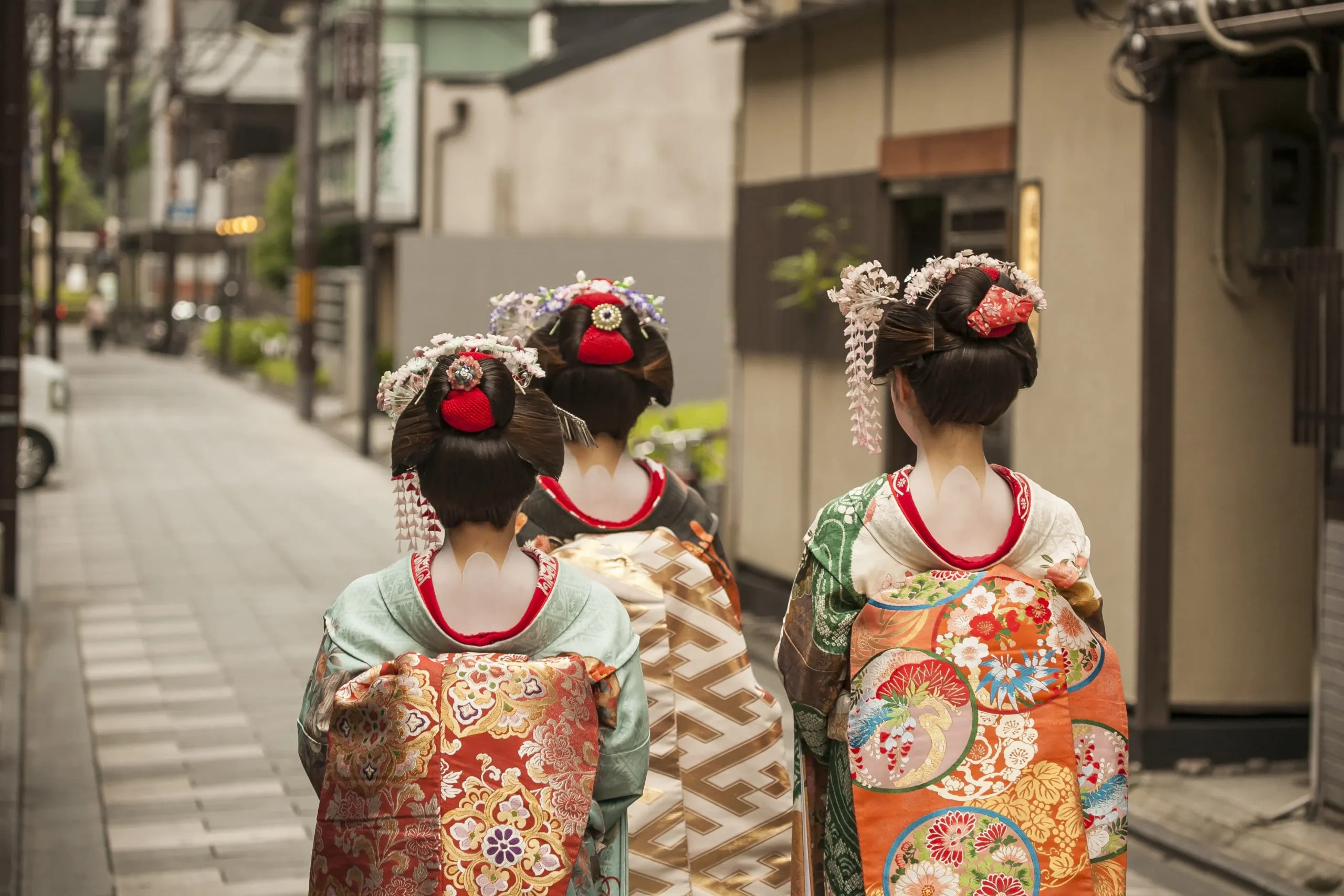
Every geisha begins as a maiko. A maiko is an apprentice, usually between the ages of 15 and 20, who spends five to six years training in dance, music, etiquette, and performance. Once her training is complete, she becomes a geisha—a professional artist, typically over 20 years old, recognized for her refined skills and ability to host guests at banquets , called ozashiki.
Key Differences in Appearance
Hair & Accessories
A geisha uses wigs and wears understated hair ornaments, creating a polished and mature look. A maiko styles her own natural hair, decorating it with elaborate accessories. Her hairstyle changes as she advances:
- Ware-shinobu – the rounded bun with a red band worn by first-year maiko, a sign of youth.
- Ofuku – the sleeker style of senior maiko, marking her approach to geisha status.
Kimono & Obi
A geisha dresses in muted colors—black, gray, or subdued tones—paired with a short, structured Otaiko-Obi(a box-shaped sash tied high at the back). A maiko, by contrast, wears brilliant, colorful kimonos with a long Darari-Obi (a heavy sash that hangs down almost to the floor). This heavy sash, unique to maiko, announces her youth and ongoing training.
Makeup
A geisha favors balance and subtlety, applying lipstick to both lips and drawing sharp eyeliner. A maiko highlights her inexperience: only the lower lip is painted, and soft red or pink accents around the eyes add a touch of girlish charm.
Lifestyle & Training
Geisha live independently, free to manage their work. Maiko live in okiya (boarding houses) under the care of senior geisha, who guide their progress. Where maiko display exuberance and youthful grace, geisha embody refinement and mastery. Together, they carry forward the traditions of Japan’s performing arts, each stage reflecting a transformation in skill, appearance, and life.
Where to See Geisha in Japan
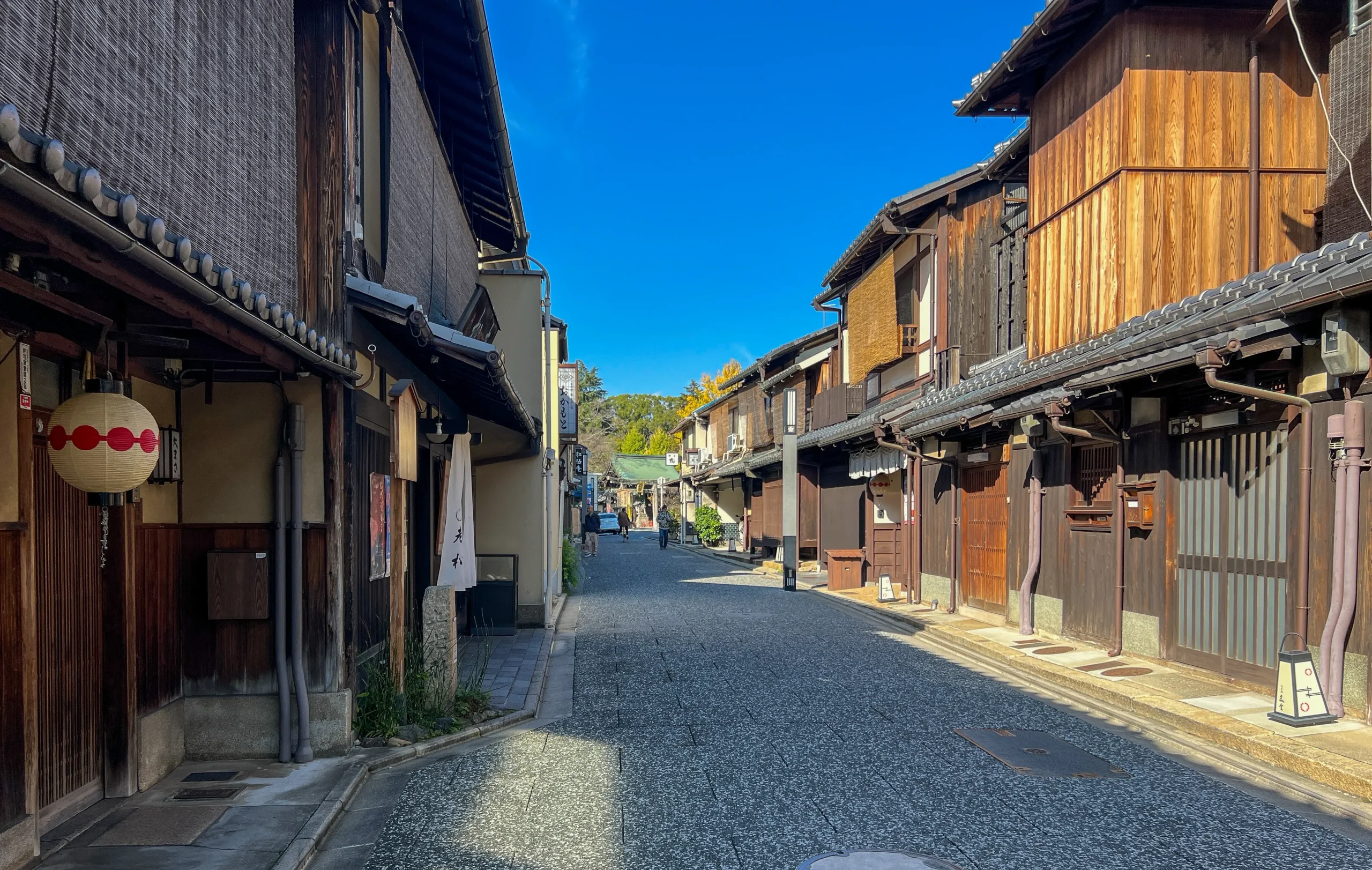
Geisha work in special districts known as hanamachi. In Tokyo, the six traditional hanamachi are Shinbashi, Akasaka, Kagurazaka, Yoshicho, Mukojima, and Asakusa. In Kyoto, the five most famous hanamachi are Kamishichiken, Gion Kobu, Gion Higashi, Pontocho, and Miyagawa-cho. Beyond these cities, visitors can also encounter geisha culture in Kanazawa’s historic teahouse quarters—Higashi Chaya, Nishi Chaya, and Kazue-machi—as well as in regions such as Niigata, Hyogo, Fukuoka, and Ehime.
Most teahouses follow the custom called”ichigensan okotowari,” meaning first-time visitors cannot enter without an introduction. However, some venues now host ozashiki experiences for the public, where guests can share matcha or kaiseki meals with geisha, enjoy dance and music performances, and learn about their traditions and there are seasonal events and stage performances that also offer opportunities to see geisha and maiko up close.
Where to see Geisha in Kyoto and Annual Events
Gion Kobu
The largest hanamachi in Kyoto. Hanami Lane, with its stone-paved streets and teahouses, creates a timeless scene. Every April, the Miyako Odori is performed at Gion Kobu Kaburenjo Theater. Around 50 geiko and maiko appear in this one-hour stage show, dressed in opulent kimonos of Kyo-yuzen and Nishijin textiles.
Miyagawa-cho
Located east of the Kamo River near Kennin-ji Temple, this hanamachi is especially atmospheric at night. In spring, it hosts the Kyo Odori, while in autumn the Mizuekai takes place, both featuring impressive finales with the full troupe of geiko and maiko.
Pontocho
A narrow lane between the Kamo River and Kiyamachi Street. At Pontocho Kaburenjo, the Kamogawa Odori is staged each spring—the most frequently performed of Kyoto’s odori productions. The autumn program, Suimeikai, adds further seasonal flair.
Kamishichiken
Near Kitano Tenmangu Shrine, this historic quarter hosts the Kitano Odori in spring and the Kotobukikai in autumn. In summer, a lively beer garden allows guests to spend evenings with geiko and maiko in yukata.
Gion Higashi
Situated near Kankame Shrine and its striking red torii gate. Each November, the Gion Odori is performed, presenting elegant dances by the geiko and maiko of the district.
The Flow of a Traditional Geisha Banquet
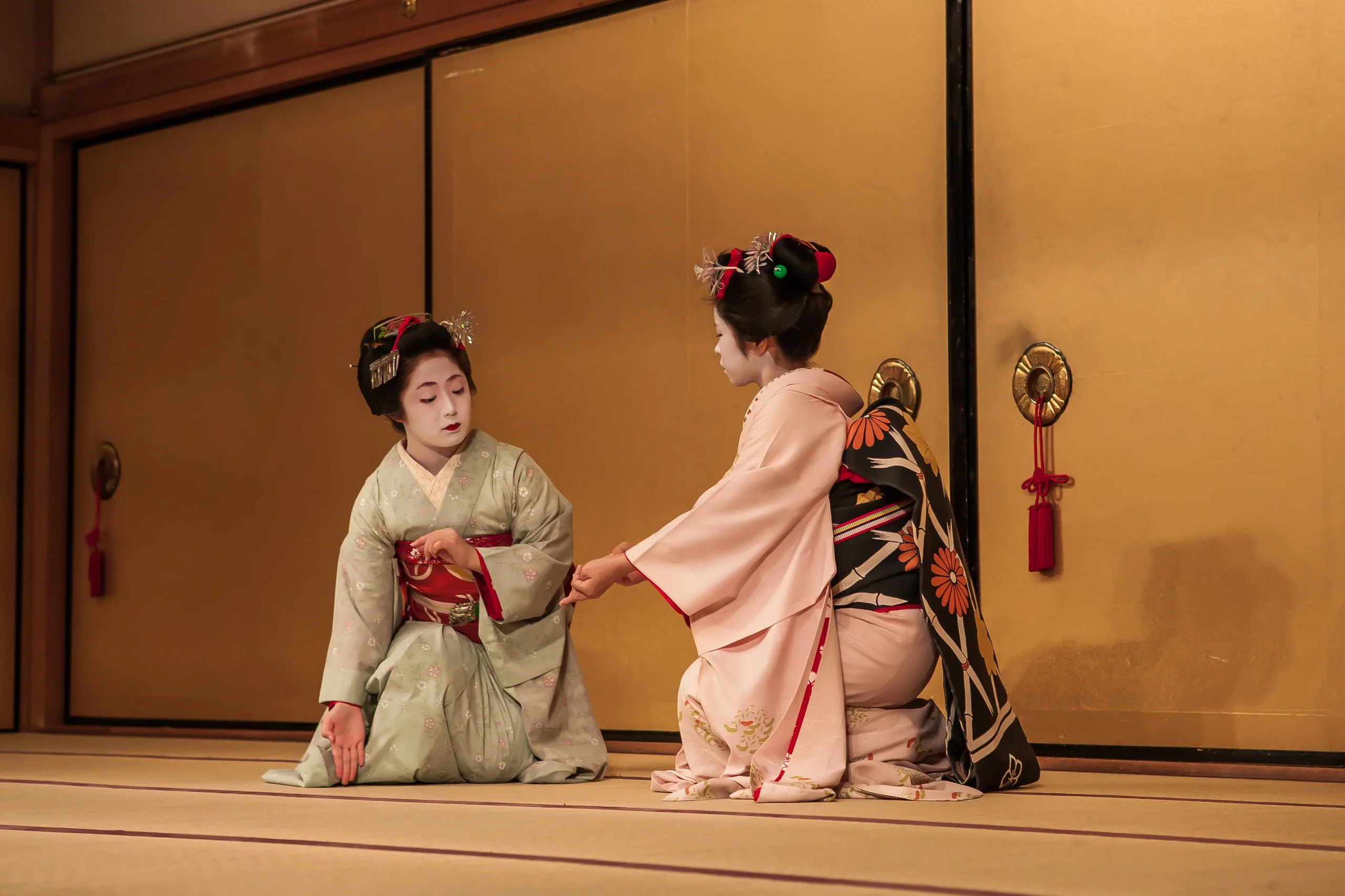
An ozashiki is a traditional banquet hosted by geisha. For most guests, it is a once-in-a-lifetime chance to step into Japan’s world of refined hospitality. The evening follows three stages, each designed to move guests from formality into intimacy and delight.
1. Welcoming and Sake Banquet
The geisha enter the room and greet the guests, instantly softening the mood. Conversation begins, and the first drinks are poured. Pouring sake is never one-sided: geisha serve the guests, and the guests return the gesture. This ritual creates a bond, turning strangers into companions at the table.
2. Dance and Music Performances
The atmosphere then shifts from lively talk to focused attention. Geisha and maiko step forward in seasonal kimono and perform classical Japanese dances. Their movements are precise yet fluid, the result of years of training. Music fills the room—shamisen strings, drum beats, and flute melodies. In that moment, the banquet becomes a small stage, and the audience enters the rhythm of old Japan.
3. Ozashiki Games
Finally, the mood lightens again with ozashiki asobi—parlor games that geisha play with their guests.
Some popular games include:
- Tora Tora – a playful contest of hand gestures, where tiger, samurai, and old woman face off like rock-paper-scissors.
- Konpira Fune Fune – a fast clapping game, played to a folk tune, where breaking the rhythm means defeat.
- Karuta – a traditional card game that rewards sharp eyes and quick hands.
The rules are simple, so even first-time visitors can join without worry. By the end of the evening, laughter replaces formality, and guests leave with not only memories of refined artistry but also the joy of shared play.
6 Essential Etiquette for the Ozashiki Experience
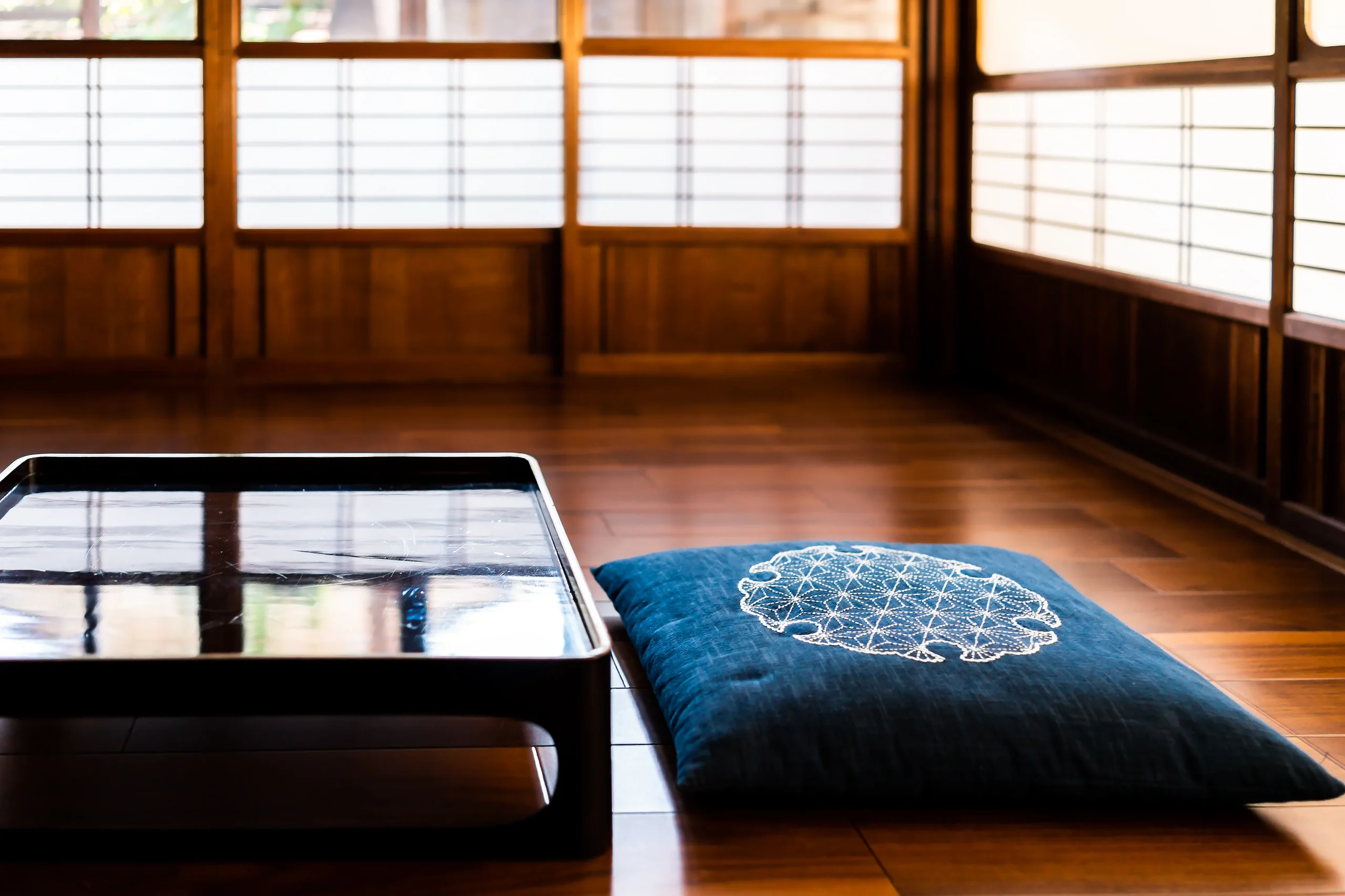
An ozashiki is more than a banquet—it is a cultural exchange. To enjoy the evening fully and respectfully, guests are expected to follow these six points of etiquette:
1. Dress appropriately
Choose formal or semi-formal attire. Your appearance sets the tone for the refined atmosphere.
2. Pause eating and drinking during performances
When geisha dance or play music, give them your full attention. Setting aside your glass or chopsticks shows respect.
3. Be polite and keep boundaries
Geisha are professional entertainers. Overfamiliarity or improper behavior breaks the elegance of the evening.
4. Do not touch the geisha
Physical contact is forbidden. Their role is artistic and cultural, not personal.
5. Ask before taking photos
Rules on photography differ by venue. Always seek permission first.
6. Offer a gratuity (shūgi)
A small tip, wrapped neatly in an envelope, honors a tradition that dates back to the Edo period.
By observing these manners, you not only enjoy graceful performances but also step into a tradition that has shaped Japanese hospitality for centuries. Respect deepens the experience, turning the banquet from entertainment into a moment of genuine cultural connection.
Summary
Geisha culture is a one-of-a-kind heritage that blends artistry and hospitality. Now that you understand the flow and etiquette of an ozashiki, why not seize the opportunity to experience the enchanting world of geisha firsthand on your next trip?
If you are planning a trip to Japan, we can help you arrange the perfect setting for this experience. Through our tailor-made tours, we select accommodations and events that fit your interests, so your journey becomes not only memorable but truly your own. Contact us here to start planning.
